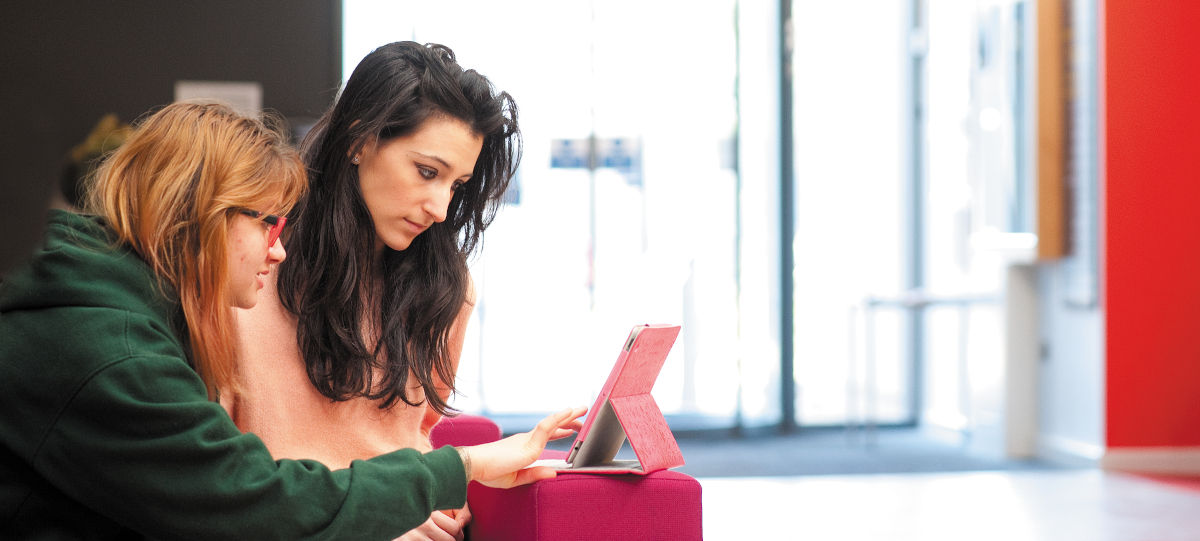-
Study optionsOpen daysCampus informationRelated links
-
About usBrowse by
-
Research impactFacilities and resources
-
Explore news and events
HELM Open
The home of high-quality, interactive learning resources created by the Health E-Learning and Media (HELM) team
HELM Open
The home of high-quality, interactive learning resources created by the Health E-Learning and Media (HELM) team
Global Use and Reviews
The Health E-Learning and Media team based in the School of Health Sciences at the University of Nottingham provide expertise and support in the development, design, evaluation and research of technological and media based educational materials and interventions in health. Current areas of research include the design and reuse of open educational resources, e-learning self-efficacy and adoption, and participative design and the effectiveness of online healthcare interventions.
The e-learning resources are designed around the principles of the 'reusable learning object' or RLO. These are web-based resources that consist of a mixture of multimedia elements such as audio, text, images and video and which engage the learner in interactive learning through the use of activities and assessments. They represent approximately 15 minutes of learning activity.

Global Use
The online learning objects are accessed by a wide range of individuals including; students, staff, and various healthcare professionals. In addition to students and staff from Nottingham University, the learning objects are accessed by individuals around the world.
